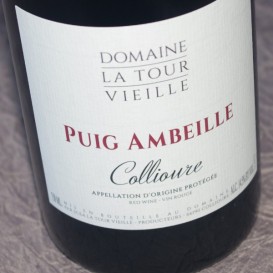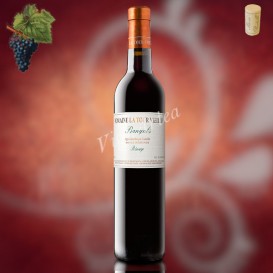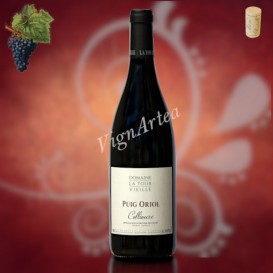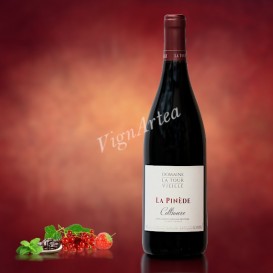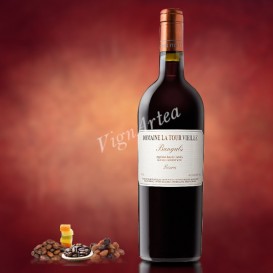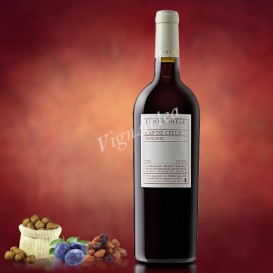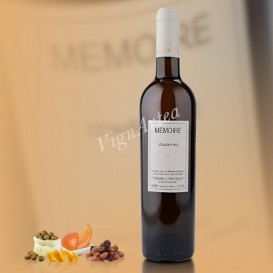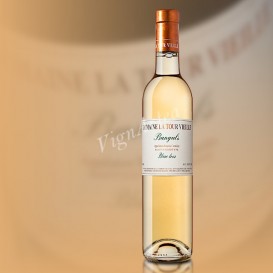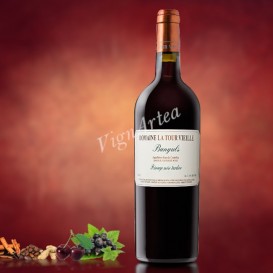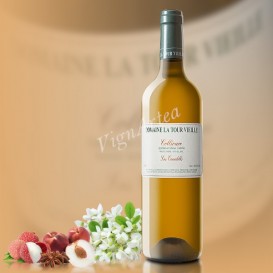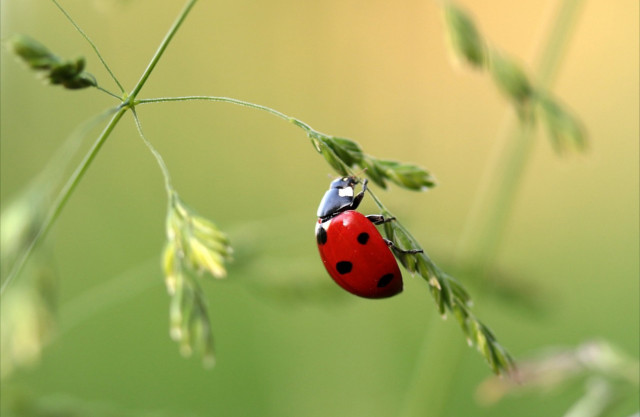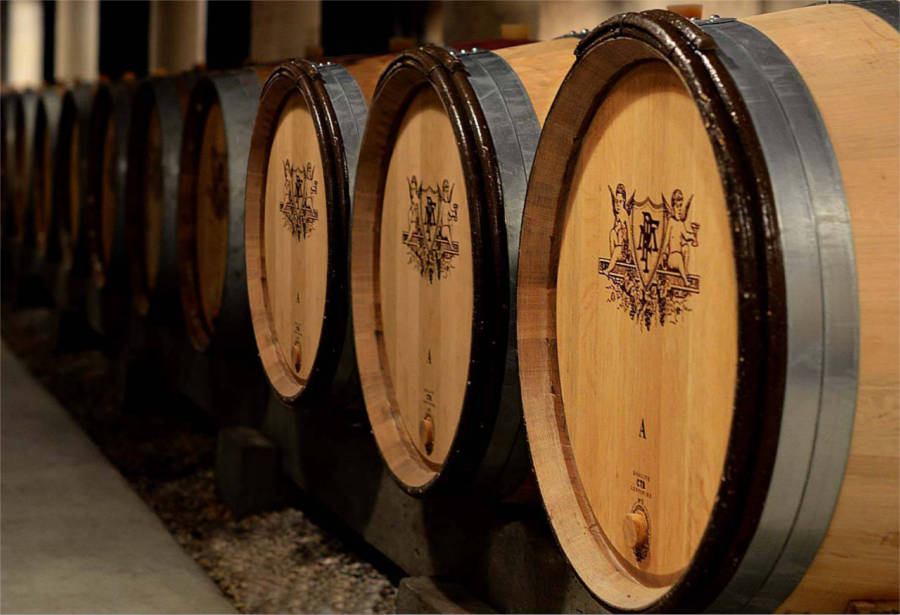Domaine LA TOUR VIEILLE - Collioure

ROUSSILLON COLLIOURE & BANYULS 13 ha SUSTAINABLE AGRICULTURE WINEMAKER : Vincent CANTIÉ
ESTATE HISTORY
Easily to find thanks to the old stone tower that gave it its name, the Domaine LA TOUR VIEILLE is not located in the village's heart of Collioure, it dominates it, perched on the heights.
Created in 1982 by Vincent Cantié, an agricultural engineer, in order to preserve the family's winegrowing heritage, the vineyard has gradually expanded to cover a total area of 13 hectares.
TERROIR
The Albères foothills, where the Banuyls vineyard is located, are composed of very ancient schists of granitic origin: they are among the oldest terroirs in Europe whose formation dates back to the primary era, and more precisely a period ranging from the Ediacaran (-635 to -540 My) to the Cambrian (-540 to -488 My).
The rocks of the Collioure and Banuyls vineyards are of the metasedimentary type, that is to say a sedimentary rock formed by the deposition and solidification of sediments, then subjected to an increase in temperature and pressure during tectonic movements which will create modifications of its mineral composition as well as its structure.
In Collioure, the soils date from the Ediacaran period and are composed of schists called schistes de Canaveilles, more or less metamorphic, as well as feldspathic sandstones and black shales (formation de Cabrils).
This schistose bedrock, which is exposed on the surface, forces the vine to take deep roots in order to find its water resources, which are essential in summer.
As for the Banyuls terroir, which dates from the Cambrian period, it marks, compared to the Collioure terroir, a break in sedimentation conditions with the disappearance of the volcanic component and the appearance of pelites, i.e. sedimentary rocks that have evolved in a lacustrine or marine environment.
They are called the Jujols series, which shows a lower metamorphism than the Canaveilles series.
Located on these schists on steep slopes, the vineyard benefits from a remarkable amount of sunshine, whose dry conditions, often accentuated by the tramontane, are nevertheless beneficial to the health and maturation of the grapes.
WINEGROWING & WINEMAKING
The steep slopes of the terraced vineyard make mechanization impossible: the work is entirely manual and the viticulture is consequently very reasonable. The latter has evolved very little in these places and remains very close to the one practiced by the ancients. The interventions in the vineyard are thus very limited and the vineyard could benefit from the BIO label if the domain wished it. The sunshine and the tramontana are the most effective remedies to fight against the vine diseases and thus allow the domain to free itself from any use of synthetic phytosanitary products.
The grapes are harvested by hand and spread over several weeks depending on the degree of maturity of each grape variety and the winemaking method is traditional, with the least intervention possible. Fermentations take place naturally and the wine is aged in stainless steel vats, oak barrels or glass carboys depending on the type of wine produced.
The wines are not fined, but slightly filtered before bottling.
In the Collioure designation, the range of red wines goes from the fruitiest and juiciest - LA PINÈDE - to the most complex and robust - PUIG ORIOL. All of them are aged in stainless steel and/or concrete vats in order not to mark the wine and to let the grapes develop their aromas as naturally as possible.
I pay particular attention to the PUIG AMBEILLE cuvée, composed of 70% Mourvèdre, a grape variety that the Domaine La Tour Vieille vinifies wonderfully: this wine is of a rare finesse and aromatic elegance, it is both ready to drink in its youth and offers a beautiful cellar potential for over 10 years. In white, LES CANADELLS offers a generously fruity and aniseed profile and has a beautiful amplitude in the palate.
In the Banyuls designation, the estate offers us a beautiful range of white and red wines, all with identity and character, from the youngest to the oldest, without forgetting the so-called "outside" wines of the designation, rancios, classified as "Vin de France" and which are not fortified but matured in anoxidative mode. The choice in red Banyuls is rather vast, and I like the variety of aromas that the different type of vinification allows to develop. The BANYULS RIMAGE MISE TARDIVE is the youngest one: this fortified wine is raised a few months in stainless steel tanks and sheltered from the air, which allows it to keep all its fruitiness.
The BANYULS RIMAGE MISE TARDIVE is a Banuyls Rimage that has been aged for 15 months in tuns and sheltered from the air, which gives it more complex aromas of cocoa and spices. Finally, there is the BANYULS RÉSERVA, a fortified wine which has undergone an oxidative ageing, this time in glass carboys exposed to the wind for a year, and which is then blended with a must also aged in an oxidative mode but in oak barrels for several years; its aromatic profile is totally different, more oriented on cocoa and candied fruits.
Outside designation, the rancios, already rarer, are particularly successful: these wines are not fortified, they continue their fermentation until the end, so they are dry wines. Once the fermentations are over, they undergo an oxidative aging in oak barrels, matured under a film of yeasts for the white MÉMOIRE D'AUTOMNES, and a red wine of Soléra for CAP DE CREUS, stemming from a perpetual reserve started in 1968 and of which I give you more details directly in its product sheet.
-
PUIG AMBEILLE 2023 (Domaine de la Tour Vieille)
19,00 € In stock!ROUSSILLON - AOP COLLIOURE - RED WINE
Grape varieties: Mourvèdre (70%) - Grenache noir (20%) - Carignan (10%)
Ageing in stainless steel tanks for 18 months
Delicious - Full-bodied - Rich/span>
- Nose: intense and expressive, rich and complex. Concentrated notes of blackberries and bilberries, cocoa with a hint of cinnamon.
- Palate: supple texture with fine tannins. Good density and long blackberry finish.
- Tasting date: September 2024.
- OUR OPINION: a delicious and dense vintage. As tasty as ever!
- Nose: intense and expressive, rich and complex. Concentrated notes of blackberries and bilberries, cocoa with a hint of cinnamon.
-
BANYULS RIMAGE 2022 (Domaine de la Tour Vieille)
13,70 € In stock!ROUSSILLON - AOP BANYULS - RED VIN DOUX NATUREL
Grape variety: Grenache noir (100%)
Fortified wine Ageing for a few months in tanks
Fragrant - Tasty
- Nose: intensely fragrant. Notes of black fruit and cocoa, with a hint of spice and coffee.
- Palate: round and flavoursome. Very tasty. Long-lasting aromas.
- Tasting date: November 2024.
- OUR OPINION: I love it! It's as well-made and tasty as ever, with that slight sweetness on the palate that makes this cuvée a real treat!
- Nose: intensely fragrant. Notes of black fruit and cocoa, with a hint of spice and coffee.
-
PUIG ORIOL 2023 (Domaine la Tour Vieille)
17,60 € In stock!ROUSSILLON - AOP COLLIOURE - RED WINE
Grape varieties: Syrah (50%) - Grenache noir (35%) - Carignan (15%)
Ageing in concrete & stainless steel tanks for 15 months
- Nose: juicy and delicious. Blackcurrant, blackberry and black pepper aromas.
- Palate: ull and ample, lightly structured by fine tannins. Black cherry finish.
- Tasting date: October 2024.
- OUR OPINION: as well-made as ever, this vintage is a fine delicacy, whose slightly tannic structure on the palate requires a little decanting in the early stages.
- Nose: juicy and delicious. Blackcurrant, blackberry and black pepper aromas.
-
LA PINÈDE 2021 (Domaine la Tour Vieille)
15,40 € In stock!ROUSSILLON - AOP COLLIOURE - RED WINE
Grape varieties: Grenache noir (65%) - Mourvèdre (25%) - Carignan (10%)
Ageing in tanks for a few months
Tasty - Full-bodied
- Nose: juicy and delicious. Notes of red and black fruit, predominantly cherry, with a hint of spice and a pretty floral touch.
- Palate: ightly structured with fine tannins. Some bitters on the finish.
- Tasting date: September 2024.
- OUR OPINION: a very pretty cuvée, tasty and full of life, with a seductive nose of crunchy fruit. The palate is a little tight, and a short 1/2 hour decanting will help it to relax.
- Nose: juicy and delicious. Notes of red and black fruit, predominantly cherry, with a hint of spice and a pretty floral touch.
-
BANYULS RESERVA (Domaine la Tour Vieille)
21,80 € In stock!ROUSSILLON - AOP BANYULS - RED VIN DOUX NATUREL
Grape varieties: Grenache noir (80%) - Grenache gris (15%)
Fortified wine
Oxidative ageing for 12 months in glass carboys & several years in oak barrels- Nose: powerful. Intense notes of cocoa, roasted coffee, sultanas and candied fruit.
- Palate: tasty and very fragrant.
- Tasting date: May 2022
- OUR OPINION: aged in an oxidative environment, this Banyuls Reserva is a real delicacy, rich in chocolate and roasted aromas, it is a very nice companion for vegan meals!
- Nose: powerful. Intense notes of cocoa, roasted coffee, sultanas and candied fruit.
-
CAP DE CREUS (Domaine la Tour Vieille)
28,40 € In stock!ROUSSILLON - VIN DE FRANCE - RED PERPETUAL BARREL 'RANCIO SEC'
Grape varieties: Grenache noir (90%) - Grenache gris (10%)
No added sulphites Rancio Solera wine
Oxidative ageing in oak barrels for several years- Color: amber.
- Nose: nut, sultana, candied fruit and prune aromas.
- Palate: warm and fragrant.
- Tasting date: April 2022
- OUR OPINION: rancio wines are rare. The oxidative ageing in solera gives it the nutty and raisiny aromas typical of rancio wines, it is beautiful and good!
- Color: amber.
-
MEMOIRE D'AUTOMNES (Domaine la Tour Vieille)
17,00 € In stock!ROUSSILLON - VIN DE FRANCE - WHITE DRY OXIDATIVE WINE
Grape varieties: Grenache blanc (50%) - Grenache gris (50%)
Oxidative wine
Oxidative ageing in oak barrels for 5 to 6 years- Color: gold.
- Nose: aromas of candied citrus peel (mandarin & orange), raisins and a bit of walnut.
- Palate: tasty and silky.
- Tasting date: May 2022
- OUR OPINION: superb oxidative wine with seductive notes of candied citrus fruits, it is very pleasant!
- Color: gold.
-
BANYULS DOUX 2020 (Domaine de la Tour Vieille)
13,70 € In stock!ROUSSILLON - AOP BANYULS - WHITE VIN DOUX NATUREL
Grape varieties: Grenache blanc (50%) - Grenache gris (50%)
Fortified wine Short ageing in tanks
- Nose: intense and tasty. Notes of quince paste, honey and candied pear.
- Palate: round and tasty, with a nice acidity that brings a nice tension to the wine.
- Tasting date: March 2023.
- OUR OPINION: for the gourmand! It is a nice sweet wine, tasty, perfumed, and without any heaviness!
- Nose: intense and tasty. Notes of quince paste, honey and candied pear.
-
BANYULS RIMAGE MISE TARDIVE 2018 (Domaine la Tour Vieille)
19,10 € In stock!ROUSSILLON - AOP BANYULS - RED VIN DOUX NATUREL
Grape variety: Grenache noir (100%)
Fortified wine Ageing for 15 months in tunes
- Nose: intense. Aromas of cocoa, bitter orange, very ripe black cherry, blackcurrant, with a hint of spice (cinnamon, ginger).
- Palate: soft, pleasantly fragrant and tasty.
- Tasting date: May 2022
- OUR OPINION: this Banyuls rimage is said to be of late bottling because it matured in casks for 15 months, during which it gains in complexity and aromatic richness. Its candied fruit aromas are a delight!
- Nose: intense. Aromas of cocoa, bitter orange, very ripe black cherry, blackcurrant, with a hint of spice (cinnamon, ginger).
-
LES CANADELLS 2020 (Domaine la Tour Vieille)
17,60 € In stock!ROUSSILLON - AOP COLLIOURE - DRY WHITE WINE
Grape varieties: Grenache gris (65%) - Grenache blanc (20%) - Roussanne (15%)
Ageing in stainless steel tanks for a few months
- Nose: fresh and lively. Aromas of white flowers, lychee, white peach and aniseed.
- Palate: supple attack. Ample, round and perfumed juice. Nice aniseed finish.
- Tasting date: February 2022
- OUR OPINION: a pretty Mediterranean white with aniseed flavours evoking the seaside and the sweetness of life!
- Nose: fresh and lively. Aromas of white flowers, lychee, white peach and aniseed.
- 1
- 2


